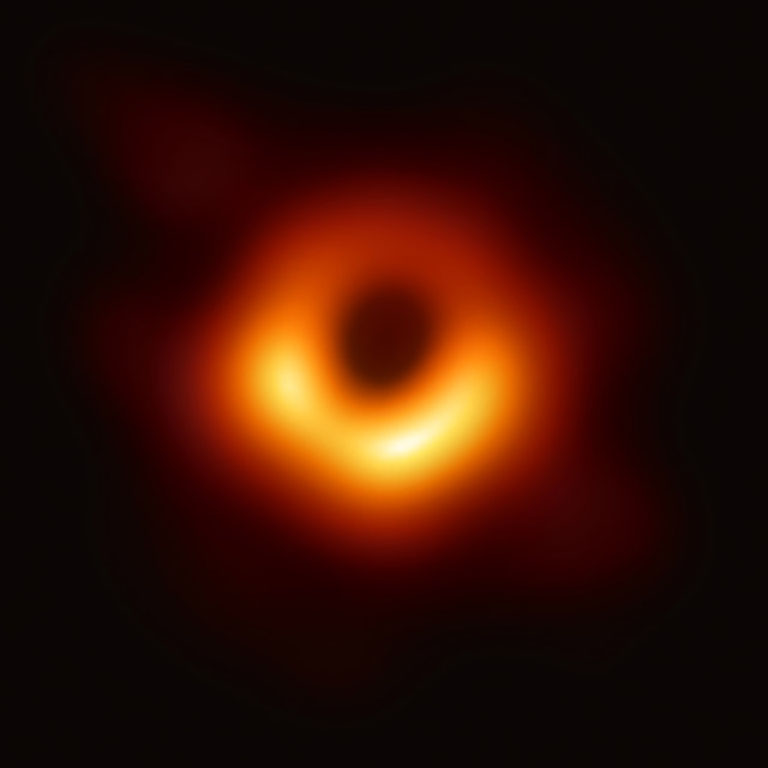Astronomers make use of wide regions of the electromagnetic spectrum for observations, including ultraviolet, optical, infrared, and radio light. National and international regulations allocate uses of the radio spectrum for communications, storm tracking and weather prediction, medical devices and monitoring, avionics, automobile safety, and many other services, including astronomical observations in radio bands, and demand for access to additional radio spectrum bands is increasing rapidly.
Protecting radio spectrum bands allocated for astronomical observations is an increasing challenge as new uses require more and more spectrum. Radio emissions that spill into protected bands profoundly limit scientific observations using those bands, not only for astronomers but for many other fields that rely on remote sensing of radio emissions. . Accurate prediction of hurricane storm tracks and landfall locations depends on measuring sea temperatures with great precision over a wide area – necessarily done from space using radio observations. Food security around the world also relies on space observations of soil moisture conditions, giving us an opportunity to predict and prepare for widespread drought conditions that can lead to famine. Space archeology also relies on similar data to identify potential archeological sites for investigation.
Liese van Zee has been deeply involved in recent years as Chair of the National Academies of Science, Engineering, and Medicine’s Committee on Radio Frequencies (CORF). Radio spectrum allocations are an international enterprise, managed through complex international agreements under the International Telecommunications Union (ITU). The ITU was founded in 1869 to foster international standards for communication to assure that communication systems between countries could connect seamlessly. Since 1949, the ITU is recognized as a specialized agency for information and communication technologies under the United Nations, including 193 member states and some 900 companies, universities, and international and regional organizations.
van Zee works to increase awareness of radio frequency protection in the broad scientific community. She serves as a member of the US delegation to various meetings in preparation for the international World Radio Communication conferences of the ITU. Her focus is always to monitor threats to frequency bands essential for scientific observations and to work with proposed new users of those bands to reach equitable compromises that enable continued scientific use of essential frequencies. She is currently focused on protecting specific radio frequencies used by the “Event Horizon Telescope” (EHT), an international consortium of radio telescopes that span the globe. This network of radio telescopes is able to combine observations at extremely high angular resolution, allowing astronomers to produce an image of the shadow of the super-massive black hole at the center of the galaxy Messier 87.


 The College of Arts
The College of Arts